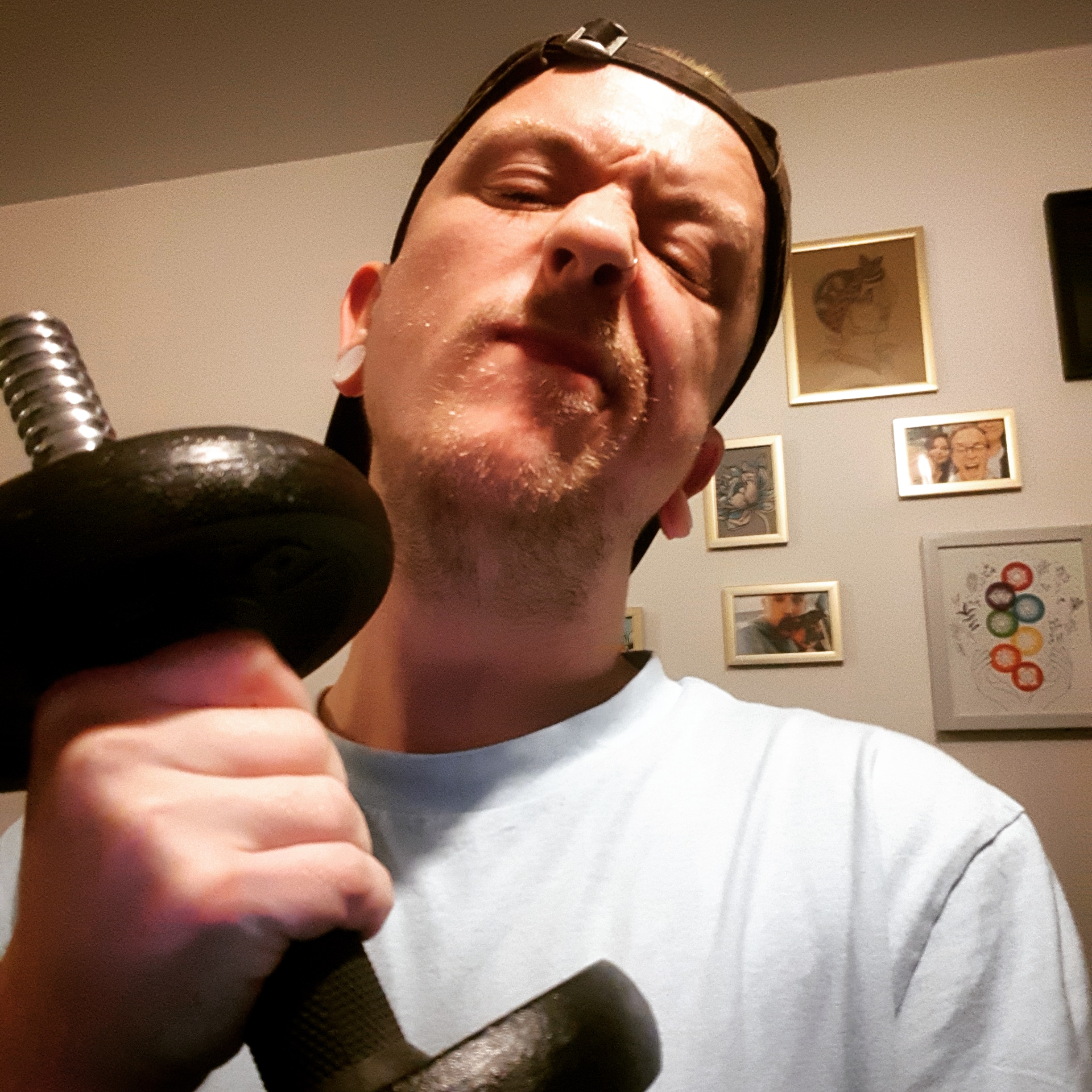Unlocking Movement Potential: The Transformative Effects of Instrument-Assisted Soft Tissue Mobilisation (IASTM) in Sports Massage and Exercise Therapy
- Aiden Harvey
- Jan 12, 2024
- 2 min read

In the crazy world that is sports massage and exercise therapy, I am continually looking for new techniques to enhance clients' performance, recovery, and overall well-being. One such approach which has been gaining attention over the past few years is Instrument-Assisted Soft Tissue Mobilisation (IASTM). This technique uses specialised tools to target and treat soft tissue restrictions, offering a wide variety of benefits that can significantly improve movement and function in clients. This post will help you identify the effects of IASTM and understand how it can elevate your sports massage and exercise therapy experience.
Understanding Instrument-Assisted Soft Tissue Mobilisation (IASTM):
IASTM involves the use of tools made from various materials. I have one made of stainless steel and others made of stone which quickly conforms to body temperature. These instruments are applied to the skin in specific strokes, allowing me to detect and treat adhesions. This kind of therapy has been reported to improve the flexibility of scar tissue, and fascial restrictions within the muscles. The primary goal is to break down these restrictions, promoting optimal tissue healing, reducing pain, and enhancing overall movement patterns.
The Effects on Soft Tissue:
Scar Tissue: IASTM can be used address adhesions associated with scars and can improve tissue elasticity, flexibility, and ultimately restore a greater range of motion.
Blood Circulation: The controlled pressure applied during IASTM stimulates blood flow to the targeted areas. Improved circulation facilitates the delivery of oxygen and nutrients to the tissues, promoting faster healing and reducing inflammation in the same way that traditional massage does.
Enhancing Tissue Extensibility: IASTM can help to improve tissue extensibility by promoting collagen realignment and reducing the density of fibrous tissue. This could mean increased flexibility and a more pliable soft tissue structure, allowing for smoother movement.
Effects on Movement and Performance:
Restoring Range of Motion: Soft tissue restrictions can limit joint mobility and hinder the range of motion. IASTM could help address these restrictions, allowing for the restoration of optimal joint movement, crucial for engaging in regular physical activity or evert every day life.
Alleviating Pain and Discomfort: Clients often seek sports massage and exercise therapy to alleviate pain associated with muscle tightness or injury. IASTM can often be an effective step to take on the pain-free journey.
Facilitating Neuromuscular Re-Education: IASTM promotes neuromuscular re-education by stimulating proprioceptors in the soft tissues. This heightened awareness helps clients develop better control and coordination of their movements, reducing the risk of injuries related to poor movement patterns.
Instrument-Assisted Soft Tissue Mobilisation stands out as one of the most powerful tools in my toolkit. Its ability to address soft tissue restrictions, enhance movement, and promote overall well-being makes it a valuable asset to my clients. ASTM remains at the forefront, unlocking the full movement potential for individuals striving to move better, feel better, and perform at their best.





Comments